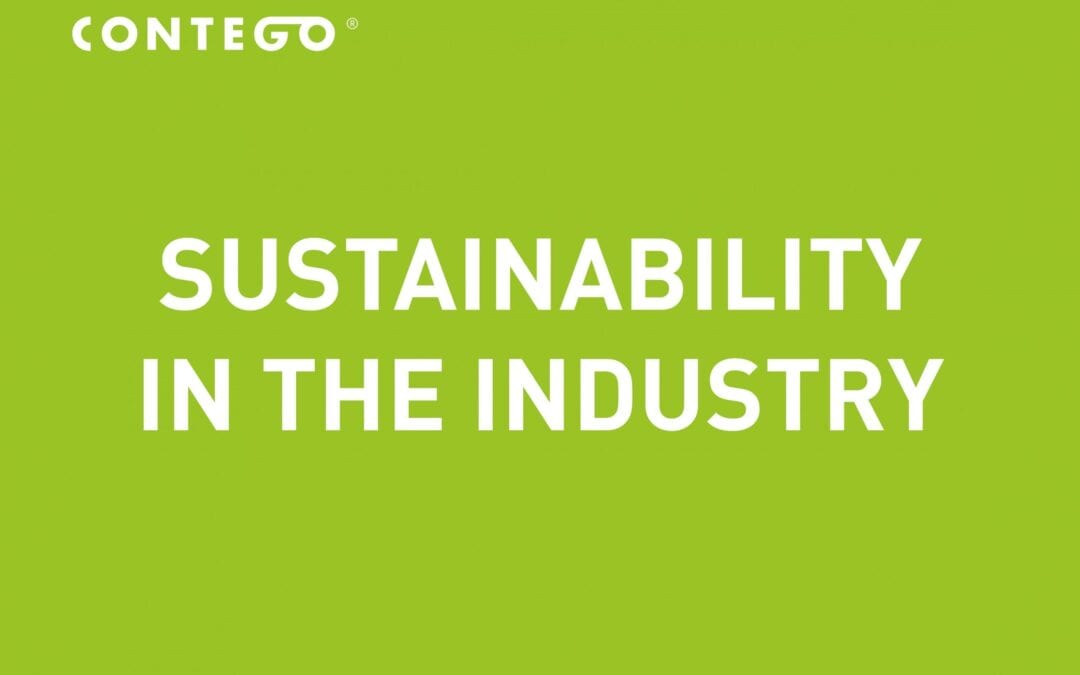So, it’s springtime. Birds are tweeting, Bees are starting to buzz and everything is a little more…well, alive! After a year of Covid-19, Lockdowns, SAGE, Boris, Scientists and the pubs being shut we are looking for a little renewal of normality.
Now is the time, especially at Contego, where we are looking at our environmental impact. We review it every year to see if we can do our bit. Working in an industry that is built for managing pests and is essentially killing things it’s sometimes difficult to align the two things together. Let’s be frank the pest control industry doesn’t have a great reputation for being eco-friendly, some of the issues we face daily within our realm of food safety often lead to choices for pest controllers around eradication of public health pests that make encouraging sustainability a real challenge.
As for all business the pressure to look at sustainable methods have been growing in reality since the 90s. Ever-increasing costs for fuel, pesticides and labour costs combined with climate change have meant looking at how pest controllers deliver the service we offer has to focus on reducing costs and with this the impact, we have on the world around us just makes sense.
So, what can a pest control business do to improve its sustainability credentials. There are some simple changes that can have a huge impact. I will go in to detail on future blogs however these simple changes have a lasting impact!
Firstly look at your overall carbon usage. Doing this can often identify areas of your business that need to improve. If you are doing lots of unnecessary visits to a customers site because your team cannot seem to find the real pest issue and then a real failure to get control quickly can identify training gaps both from an operational and technical perspective.
Is your scheduling of work reducing the impact on your fuel bill. Lots of unnecessary journeys are expensive and inefficient as well as increasing your carbon. Offsetting your carbon usage is also a great and simple way to reduce your environmental impact.
Take a long hard look at the services being delivered, are your teams using the correct risk hierarchy for implementing a rodenticide control plan as an example. All businesses should be looking at the impact of the services they use on wildlife and the ecology of the area they are located. Pest control has an ever-increasing list of legislation to abide by and the impact on wildlife and not following this will lead to social media posts that can
Talk to your suppliers about sustainability. Make sure you ask them what their approach is when you onboard them. Do they match your vision for the environment? Carefully assess your stock for usage by your operational teams. Is the most environmentally friendly products possible being used, Even rodenticides can be managed for the least impact.
Communicate well with your clients. An integrated pest management plan can reduce unnecessary visits. Identifying ingress points and hygiene issues and identifying who is responsible for them will help reduce infestation timescales which of course makes your team a lot more efficient. Do this on your first visit to site, give your team time to survey correctly, ensure they are trained to do this correctly. You will be surprised how many pest control businesses don’t train their teams to survey for pests. For some its purely about the number of visits completed
Communicate well with your team. Your team may surprise you if you ask for ideas to increase your sustainable credentials, younger members especially are often very switched on to environment and sustainability. Make time to listen to their ideas.
Be SMART! Look closely at technology for solutions, there are many innovations regarding pest control to reduce wasted resource, There is something very satisfying about checking your rodent traps from your living room and being able to see the actual trap in place or that moment you get a text to say a rodent has been caught. This reduces wasted visits to sites and reduces your impact on the environment.
Of course this is a small example of what you can do to improve your position with sustainable service delivery. Integrating a good solid approach to reducing your environmental impact has to be part of the ethos of your business. Make it important across all functions, and you will increase your control. Sustainability isn’t going away. Embrace it and we all benefit!


Recent Comments